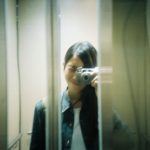All images by Stephanie Lee for RICE Media.
When people mention ‘university’, we don’t always think of ‘an institution with valuable lessons to offer’. For me, what comes to mind is this: Student debt.
For anyone who’s had to take up a hefty education loan for a piece of paper, you’re likely to spend years questioning if that decision was worth it at all. The real pinch? A starting paycheck that’s often too low to offset the rising costs of living.
The typical Singaporean narrative goes: Be a university graduate or get left behind.
Be that as it may, there are those among us who’ve quietly found their own success even without fancy academic qualifications. Movers and shakers who’ve dropped out of college are aplenty. Same goes for the number of people who are happy enough without a degree but have focused their energy on their passions, like baking, coffee-brewing or being a farmer abroad.
What’s the real return on investment of a degree, then? Everyone I’ve spoken to has had more or less a different opinion. There are those who do perfectly well in life without one; there are those who swear by the golden opportunities often provided only by being in college.
And there are those who believe there are equal merits to both ends.
Space to Grow

24-year-old Jarrod Chua Jun Yuan aims for the stars. His dream, he says, is to be a visual storyteller focused on space-related content.
Jarrod had always been intrigued by the outer realms of the universe as a child. But the idea of running his art brand, Spacey Tales, only formed on a whim during Circuit Breaker, when he was on a stay-home restricted order during National Service.
It was a mix of boredom and curiosity which led to this project.
“To be honest, the art style of Spacey Tales is pretty simple. “Back then, there wasn’t a page dedicated to educational space knowledge.”
He says this shyly, his voice almost inaudible. “I guess I was lucky to have filled a gap in the social media space.”
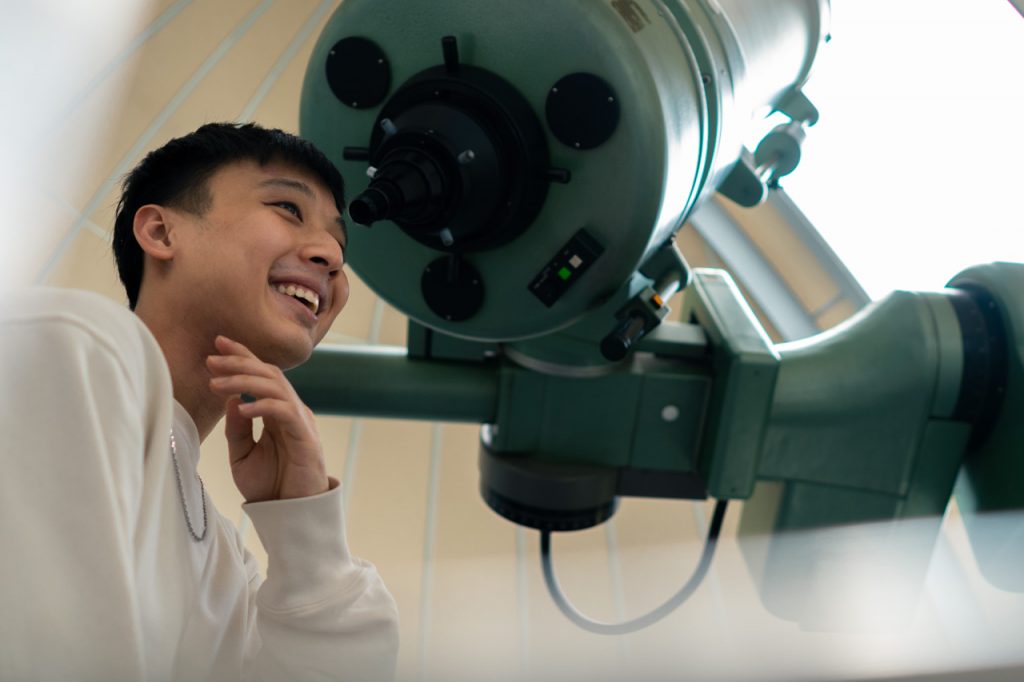
After months of working on the page, what came after was a complete surprise. NASA slid into his DMs for a collaboration.
Currently, the Digital Communications and Integrated Media undergraduate at the Singapore Institute of Technology (SIT) is also illustrating a book with Jeffrey Williams, a retired American astronaut who holds the record for the longest time spent in space.
Jarrod has always considered himself a hands-on person. Academic subjects were never something he easily aced while growing up (his favourite subject was Design & Technology). He’s thankful to put those skills to use now.
This sentiment—that a degree helps shape fates—is one we’ve all heard too often. It isn’t mandatory, and neither does it guarantee job placement. Salary gap is a whole other conversation too.
When asked about his thoughts on higher education, Jarrod wholeheartedly agrees that universities are pretty much stepping stones. They’re only useful if students are given ample resources and knowledge.
“In my university, I get to work on practical modules such as production, where we operate industry-grade cameras. There are proper design studios for editing too. For designers, it’s really as simple as having full access to an Adobe Creative Suite,” he says.

While working on his art brand, there have been times when Jarrod faced unexpected hurdles. It was in those moments that he realised the value of lessons taught in university.
One such example is Project Management—a current module he’s taking. “With so many things going on at the same time, sometimes I lose track of how I can better organise and manage different deliverables. I took those lessons and applied them to work outside of university.”
Other real-world applications were acquired from his Consumer Psychology and Branding classes. Both modules helped him understand audiences’ psyche, particularly on how he could tweak designs to better draw their attention.
More than once, Jarrod had felt lost in a world where talented designers with years of experience thrive. “I didn’t even have a proper drawing pad until recently,” he laughs, embarrassed at this confession. “I bought it to look more like a legit designer.”
For now, he continues to work on his craft while chipping away at the all-too-familiar imposter syndrome.
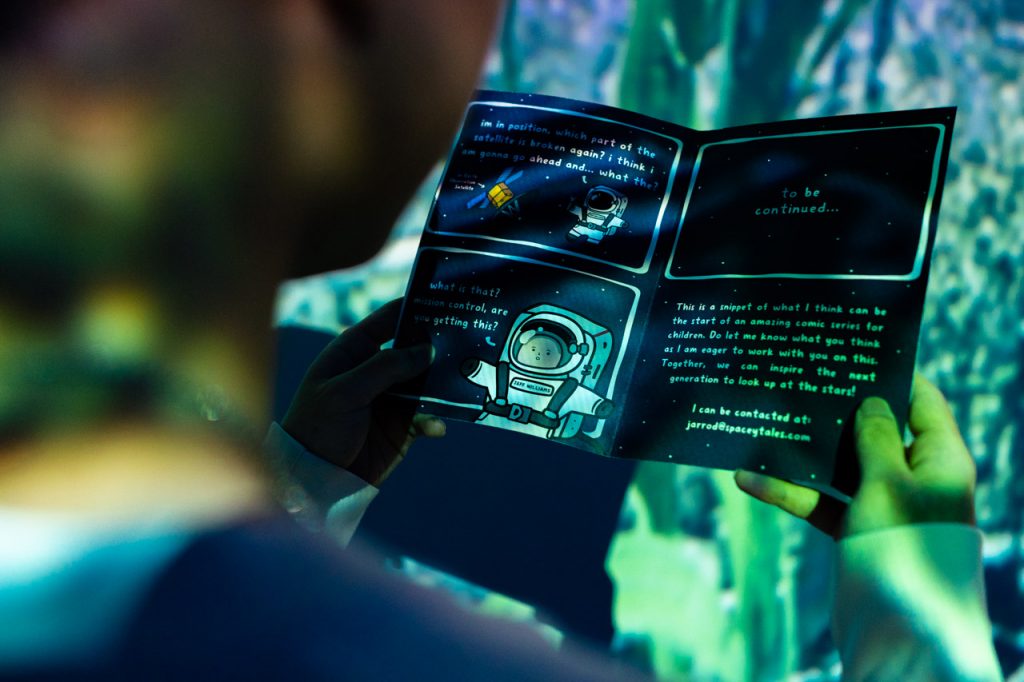
The biggest perk of university, Jarrod stresses, is having a safe space to fail through trial and error. His academic advisor, Ms Angela Shueh Ching Ng, “was the starting point of everything.”
If not for her, Jarrod wouldn’t have had media attention come his way.
“She helped connect me to her colleagues, who further referred me to others. It snowballed from there. Through word-of-mouth, I found out that the astronaut—Jeffrey Williams, was coming to Singapore for a talk.”
“Long story short, they saw it as a once-in-a-lifetime opportunity for me to pitch a collaboration.”
Resolving to make a strong first impression, Jarrod then went out of his way to print out Spacey Tales merchandise—including a t-shirt and a book. “I mustered the courage and handed him the goods during a Q&A session at his talk. That caught his attention, and that’s how we began working together.”
“I took the chance to ask for a partnership with little hope. It was largely fueled by my supervisor’s belief in me.”
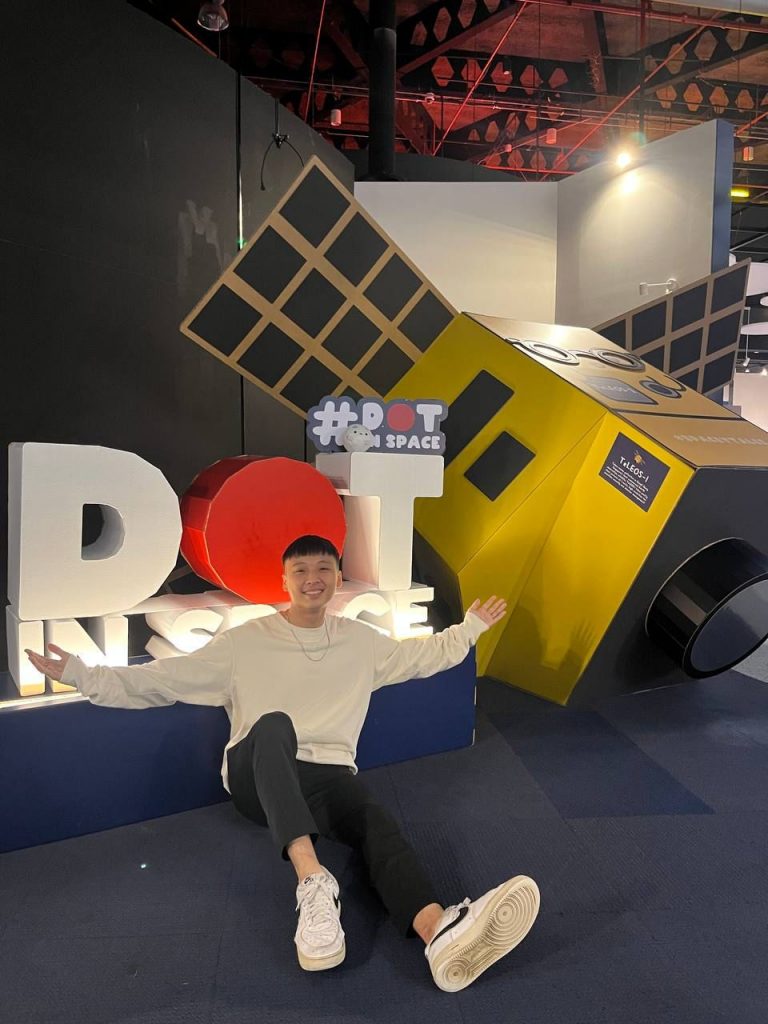
Jarrod’s about to jump onboard an upcoming Integrated Work Study Programme (IWSP)—an eight-month attachment at the Singapore Science Centre.
Just recently, they’ve partnered up and worked together on creating an interactive space exhibition for kids and the young at heart. The public response was great, and he’s enthused about even more projects to come.
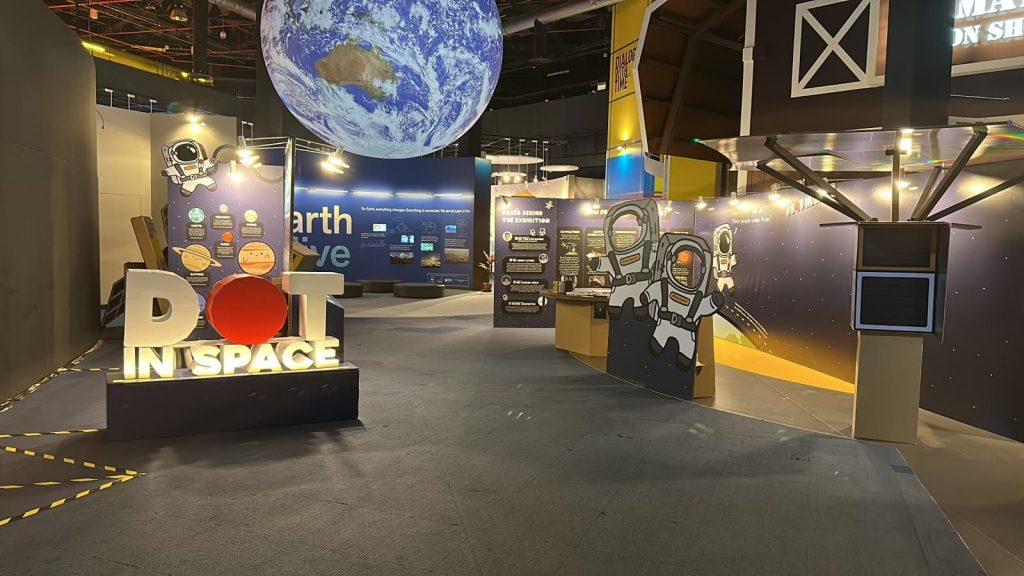
I see space as the final frontier for humans. It’s quite a dream, but I hope my work will inspire younger generations to look up at the stars.
Keep Calm, Game On
A few things point to Hanna Amani’s origin story as a Software Engineer and Game Designer: Pokemon on the Game Boy, Madagascar on the PlayStation 2, and classic single-player games like Assassin’s Creed on the PC.
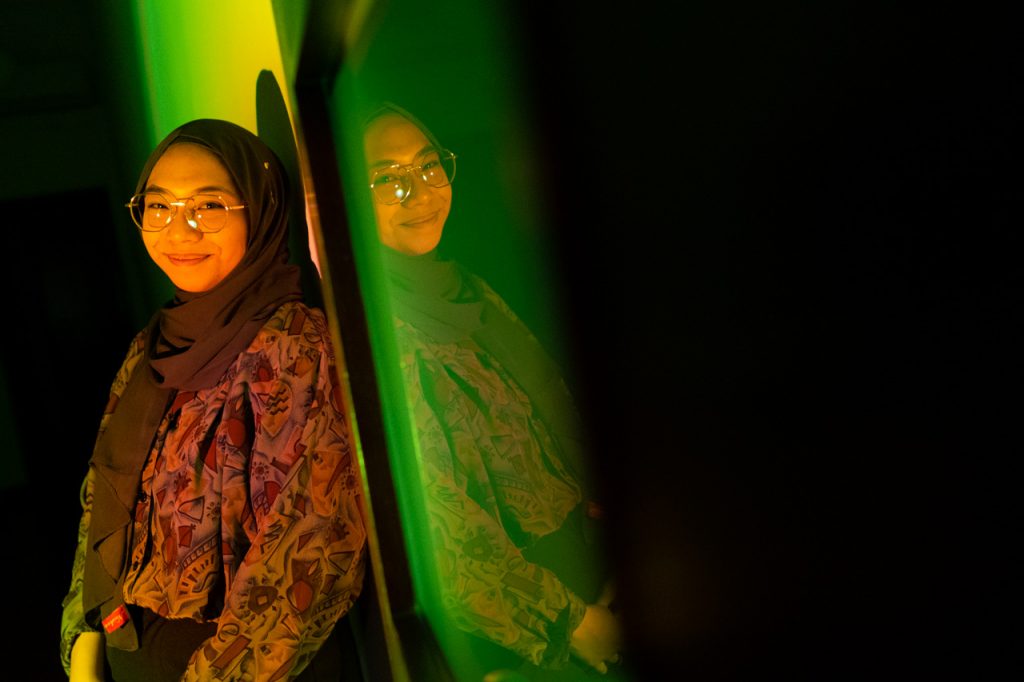
“I loved playing games as a child. I fell in love with the characters, storytelling, and immersive environmental designs,” the 25-year-old says.
“It was what inspired me to create my own games.”
For many who grew up in an average middle-income household, universities largely remain as a ticket towards a dream. Like Jarrod, Hanna agrees that higher education helps open doors to opportunities.
In 2021, she graduated with a Bachelor in Computer Science and Game Design*. Rather than a typical classroom setting, her time at SIT proved to be different. For starters, it offered a lot more project-based learning.
We were not simply studying for a big test at the end of the year. Every assignment counts in university. We were really learning by just doing.”
Most of her classmates came from polytechnics but were more than willing to guide her along the way. Some of these group projects even required them to create a game from scratch. “We’d sit at the library, cut pieces of cardboard, brainstorm and plan together.”
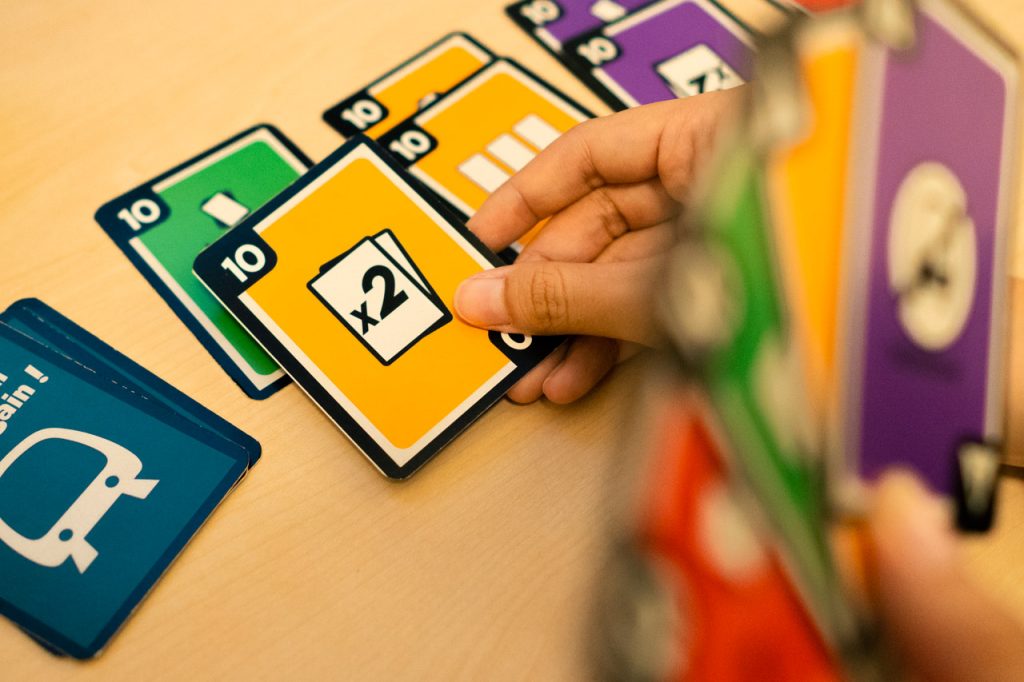
There were other things too—a curriculum that involved sorting out a binary tree, playtesting and user experience. All of which came in handy during her eight-month attachment at Digital Dream through the university’s IWSP.
During her time there, Hanna got to work on a variety of projects, including motion capture and interactive wall projections. She also had the chance to develop educational content for students using game engines such as Unity. “Sometimes, game designers might fall into tunnel vision and forget that other people experience motion sickness. With playtesting, we get to see the content through someone else’s eyes.”

Through the IWSP, students were not given a direct placement. Just like a real job search, they had to prepare for the recruitment process by building their resume and developing interview skills. These things, Hanna points out, are underrated but essential skills to have upon graduation.
Currently, Hanna works as a Software Engineer at Continental—a multinational manufacturing company. It’s her first full-time job upon graduation, and one she found through a career newsletter.
While it’s not exactly a job in the video game industry, she enjoys honing her technical skills in her current role. “Now, I get to apply skills like coding,” she explains excitedly. “Based on client specifications, I get to move, animate or lift systems for automotive technologies. There’s a lot of planning required.”
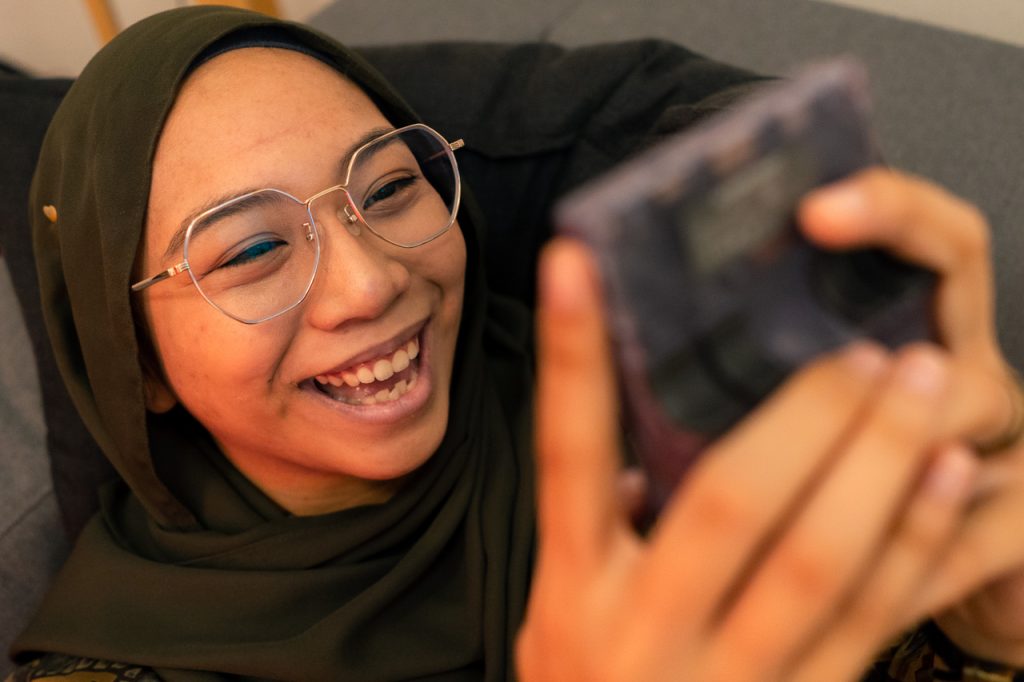
Listening to her rave about the games she used to play on the Game Boy, her passion is clear as day.
She vividly recalls a strict professor who made the entire class hand-write codes instead of typing them out. “On the computer, there’s autofill. But when we write, we learn to be more meticulous and careful with mistakes. I realised how these foundations are incredibly important in the real world.”
Recently, Hanna has seen so many indie games (ones created by smaller development teams) rise in popularity. Some might see these as just games, but she believes they do make a difference in someone’s life.
“I yearn to create one of my own too. It doesn’t have to be popular, as long as it brings joy to one person.”
Keys to a Locked Door
Textbook knowledge can only go so far. Even healthcare professionals like doctors are required to clock in enough hands-on practice. The same goes for creatives like Jarrod and Hanna, who believe that classes in university should prepare them as working professionals.
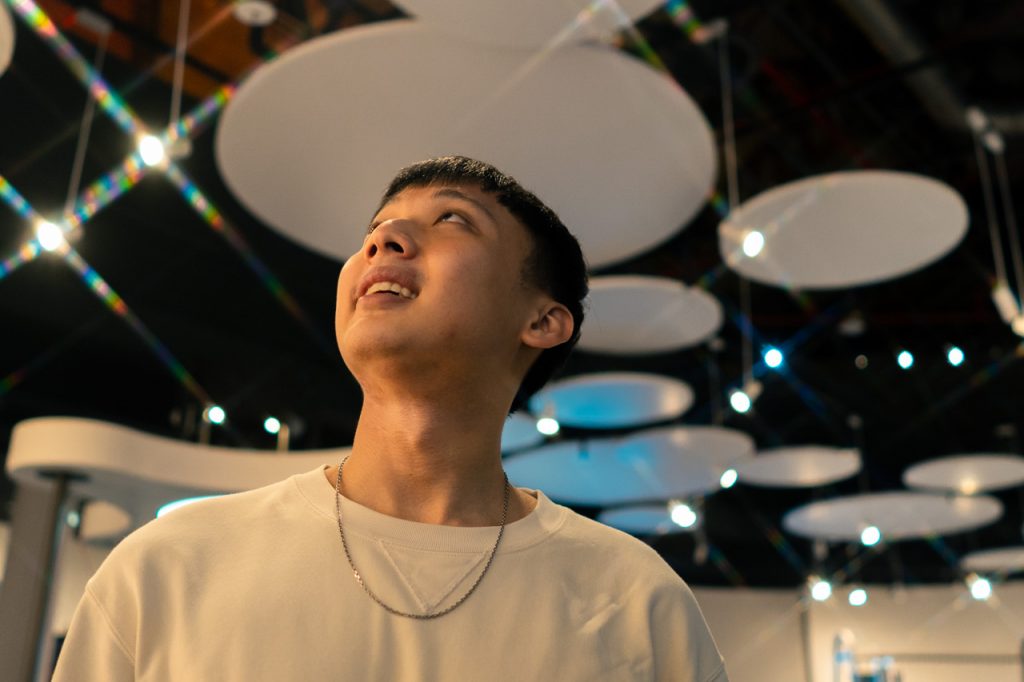
Having stepped into the workforce in some ways, Jarrod and Hanna are thankful to have gone through a curriculum required in their fields. Not many can say the same.
“I wouldn’t be where I am without the things taught in university,” Jarrod confesses. “I could have gone out to work after poly like others did—which is perfectly fine if you feel ready. Or have a strong enough resume.”
“I just wasn’t confident enough of my foundations and skills just yet. It was my time at SIT that helped hone my voice even further.”
They’ve both experienced teaching methodologies that were effective—things like problem-based learning, and a programme that’s relevant to evolving industry needs.
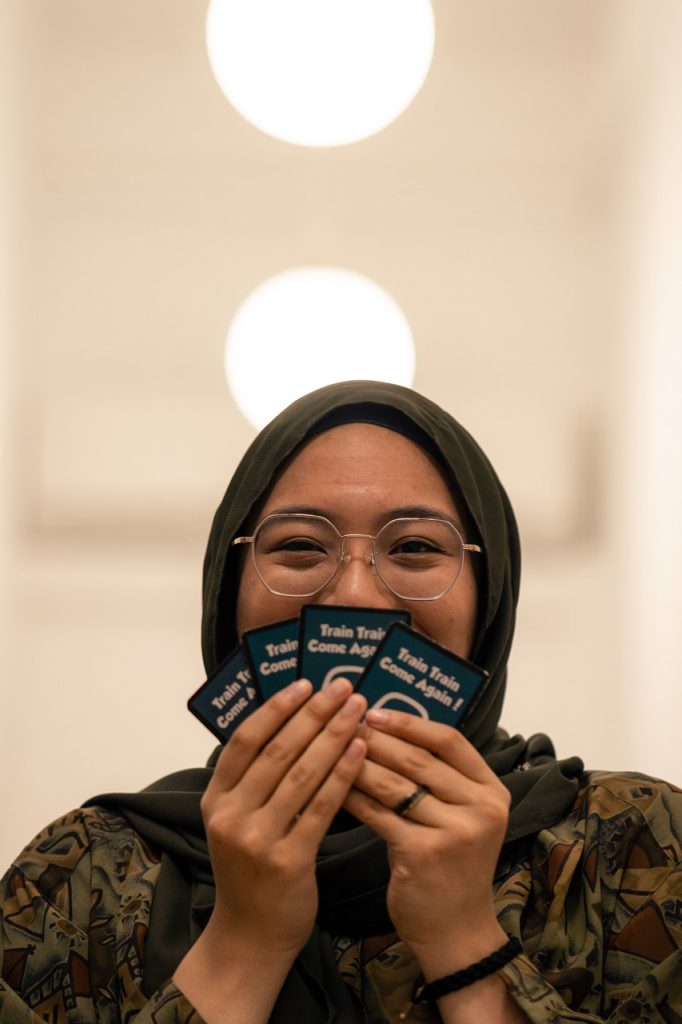
Like Jarrod, Hanna points out the significance of resources. Students should be free to reach out to advisors about their career aspirations, or what an ideal job looks like to them.
Rather than a typical 9 to 5 job, younger employees are seeking vocations that provide not only career growth, but also personal fulfilment and a semblance of work-life balance. She puts it this way: “Whenever we needed someone to speak to, our academic advisors were there to guide us and suggest the best course of action, depending on our interests.”
Increasingly, employers are looking for people who can actually work. Or even better, possess soft skills like teamwork and humility. In Hanna’s case, these skills were carefully cultivated through university life.
I’ve always believed that papers don’t automatically prove a person’s capability. But none of this is to suggest that universities are undesirable. While we celebrate the crop of graduates, we should also acknowledge the many who may never get the chance to wear a mortarboard and gown.
Regardless, the future of universities lies in their ability to impart transferable skills. And if tens of thousands are going through our education system, it’s only right that universities equip students for the real world—whether it be through industry collaboration or a well-thought-out curriculum.
It’s not enough for professors to regurgitate theories and for students to simply ace exams.
As these student stories show, the real test begins when you’re on the job.
*The Bachelor in Computer Science and Game Design has since been renamed to Bachelor of Science with Honours in Computer Science in Interactive Media and Game Development.

